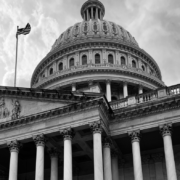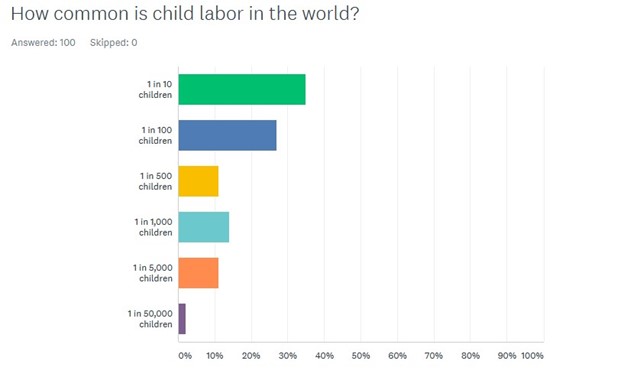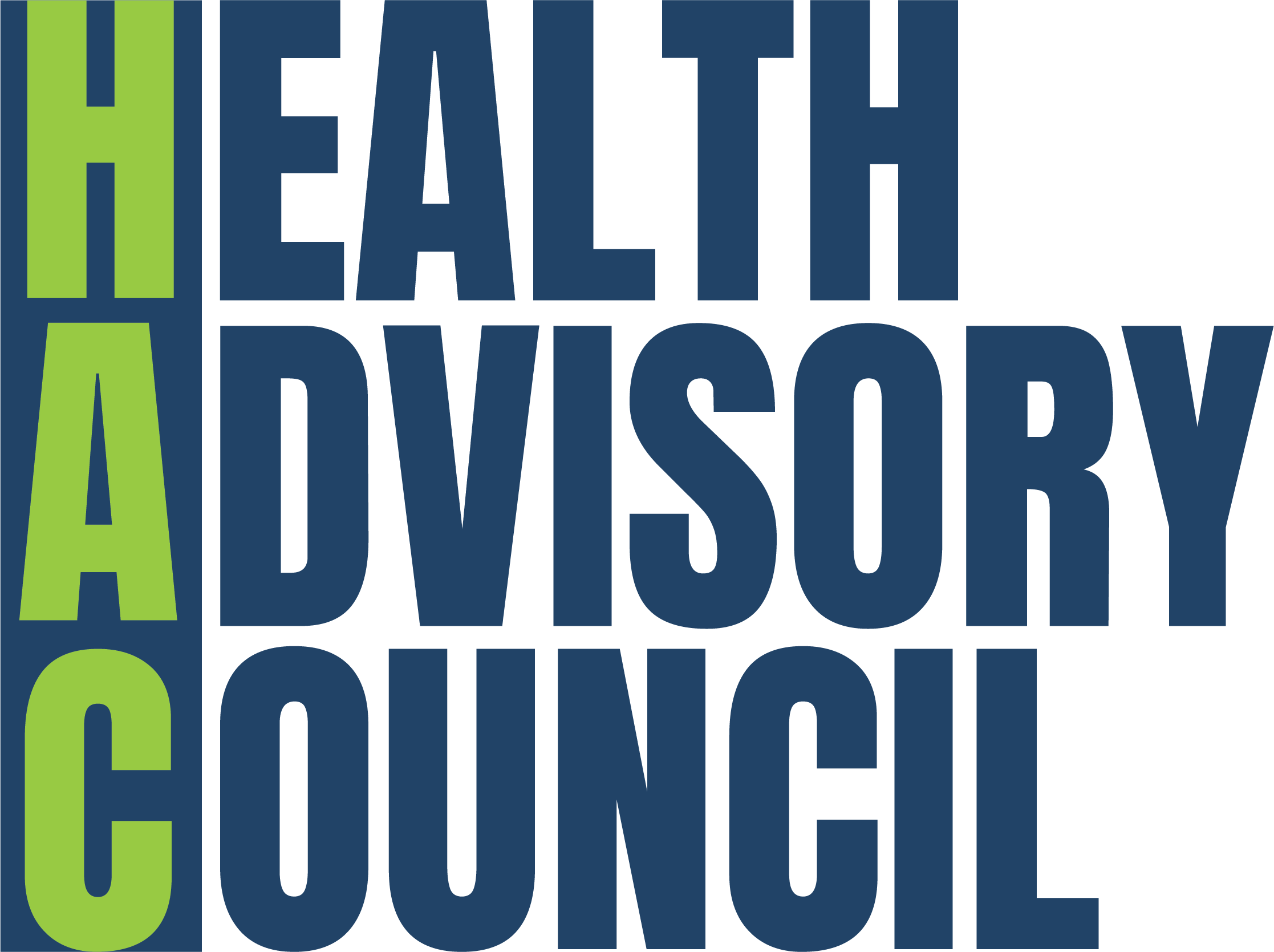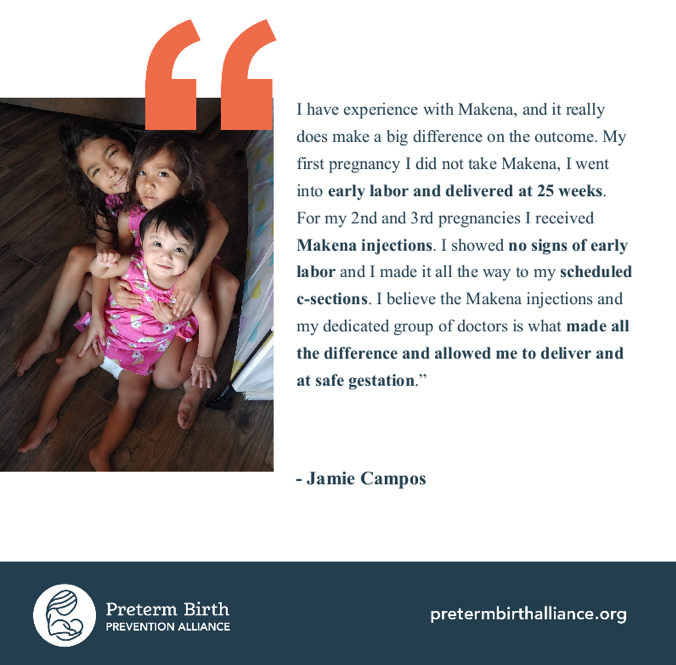National consumer organization throwing support behind three major labor rights bills in Congress
Media contact: National Consumers League – Carol McKay, carolm@nclnet.org, (412) 945-3242 or Taun Sterling, tauns@nclnet.org, (202) 207-2832
Washington, DC—The National Consumers League (NCL), America’s pioneering consumer and worker advocacy organization, founded in 1899 to advance the needs of consumers and workers, is backing three important federal bills aiming to even the playing field between workers and employers. The three pieces of legislation—the Protecting the Right to Organize Act (PRO Act), the Farm Workforce Modernization Act (FWMA), and the Public Service Freedom to Negotiate Act—would strengthen labor laws and give workers greater opportunities to organize and form unions, protecting the most vulnerable in our labor force.
“Decades of industry lobbying have made it increasingly difficult for workers to organize,” said NCL Executive Director Sally Greenberg. “Employers enjoy unprecedented and unfair advantages during union organizing drives, which has led to far fewer opportunities for workers to make their voices heard in the workplace. NCL is pleased to support several legislative initiatives that would help right the course for America’s workers.”
According to a recent Gallup Poll, roughly two-thirds of Americans approve of unions—a number trending upwards up from about half in 2009.
“Consumers are recognizing that they are harmed when workers do not have a strong voice,” said Greenberg. “Industry abuses are more likely to go unchecked, resulting in unsafe and dangerous products making it to the marketplace. And when workers are fairly compensated on the job, they can afford to buy the products they create, stimulating further demand that benefits the economy.”
About the bills
The Protecting the Right to Organize Act (PRO Act) would enhance collective bargaining rights, impose penalties on employers if they retaliate against workers who are trying to organize, and update labor laws to protect workers. The bill passed in the House of Representatives with bipartisan support this spring on a 225-206 vote. The bill currently awaits action in the Senate. Of 50 Democratic and independent Senators, 45 are currently committed to supporting the bill. If the Senate passes the bill, President Biden has pledged to sign it.
NCL strongly supports the PRO ACT and urges the Senate to swiftly pass this important measure.
The Farm Workforce Modernization Act (FWMA) passed the House October 30, 2019, and was the product of bipartisan negotiations between leading Democrats and Republicans to modernize laws and treat with dignity and fairness our 2.4 million farmworkers, half of whom are undocumented immigrants. On March 18, 2021, the Farm Workforce Modernization Act, H.R. 1603, passed the House again by a bipartisan vote of 247-174, with 30 Republicans joining Democrats in support. H.R. 1603, like the earlier version of the legislation.
“America’s farms and food systems depend on immigrants who pick our crops. But because so many don’t have legal status, they live in fear of deportation and cannot challenge illegal or unfair treatment in their jobs or in their communities,” said Greenberg. “FWMA provides a path to lawful permanent residency for these workers. Under the bill’s provisions, farmworkers would be able to improve their wages and working conditions and seek enforcement when their rights are violated. It also makes America more food-secure by ensuring that farmers have workers to harvest their perishable crops.”
The FMWA is a pro-consumer, pro-worker, and pro-agriculture bill that NCL strongly supports. NCL urges the Senate to pass this legislation and send it to President Biden’s desk for his signature.
The Public Service Freedom to Negotiate Act (PSFNA, HR 3463 and S 1970), would set a minimum nationwide standard of collective bargaining rights that all states would have to provide to state and local workers.
There are nearly 17.3 million public sector workers across the country. Unlike private-sector workers, there is no federal law protecting the freedom of public sector workers to join a union and collectively bargain for fair wages, benefits, and improved working conditions.
Currently, 20 states do not provide all state and local public sector workers the ability to collectively bargain for fair wages and benefits.
Among the bill’s provisions is a requirement that public sector employers recognize labor unions chosen by a majority of the employees voting, and that they bargain with the labor organization over wages, hours, and other terms and conditions of employment. If states fail to meet these standards, the bill gives the federal government the authority to intervene on behalf of public-service workers, ensuring their rights to form a union and negotiate with their employer.
NCL strongly supports the Public Service Freedom to Negotiate Act and urges swift Congressional action in both the House and the Senate so that President Biden can sign the bill into law.
“America would be unrecognizable without the gains made by working families and unions,” said Greenberg. “The movement needs an even playing field to do its job. These three bills are a good start, and NCL is proud to support each of them.”
###
About the National Consumers League
The National Consumers League, founded in 1899, is America’s pioneer consumer organization. Our mission is to protect and promote social and economic justice for consumers and workers in the United States and abroad. For more information, visit www.nclnet.org.






 By Nailah John, Linda Golodner Food Safety and Nutrition Fellow
By Nailah John, Linda Golodner Food Safety and Nutrition Fellow
 By Child Labor Coalition intern Ellie Murphy
By Child Labor Coalition intern Ellie Murphy
 Happy Labor Day everyone! The breaking news about this year’s Labor Day Celebrations is that a cross-section of Americans support labor unions in higher numbers. In fact,
Happy Labor Day everyone! The breaking news about this year’s Labor Day Celebrations is that a cross-section of Americans support labor unions in higher numbers. In fact, 













